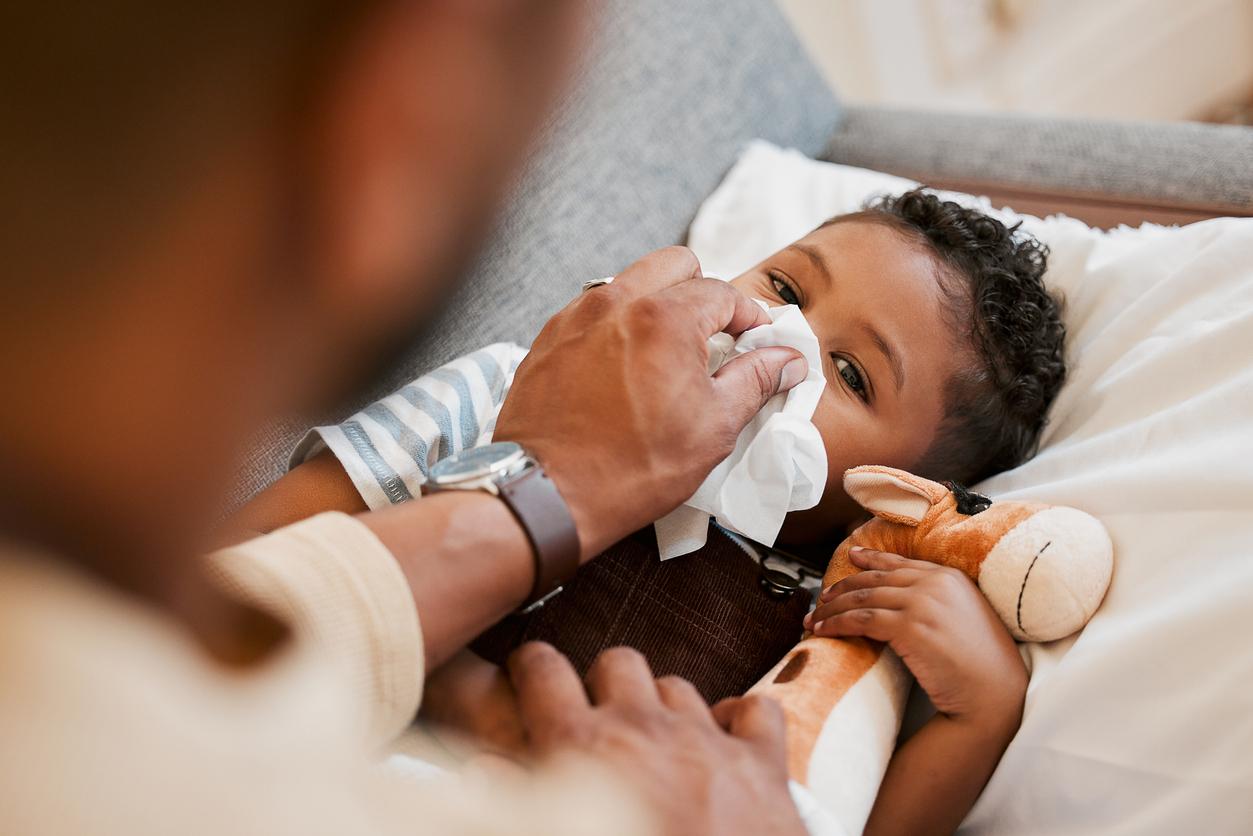The Pan American Health Organization (PAHO) recently posted an epidemiologic alert about the possibility of an early onset of the respiratory virus season, based on what it observed in five South American countries earlier this year.
Rises put pressure on some country health systems
PAHO summarized the experiences of the five Southern Hemisphere countries: Argentina, Brazil, Chile, Paraguay, and Uruguay. The group also referenced a recent advisory from the US Centers for Disease Control and Prevention (CDC) about an early start to respiratory syncytial virus (RSV) activity in southeastern states, the region where virus activity usually picks up first.
Argentina's RSV onset was also earlier than usual this year, peaking 3 to 4 weeks sooner than normal. Pneumonia cases also rose early. RSV hospitalizations and flu detections were highest in children younger than 5. In Brazil, the respiratory virus season also started earlier than usual, and in May and June, seven states and one city declared public health emergencies due to a large spike in RSV hospitalizations, especially in younger children.
Flu hospitalizations also peaked earlier, mostly involving adults. Chile's RSV season started about 5 weeks earlier than usual, and a sudden, sharp rise put pressure on the country's health system. Paraguay and Uruguay reported similar patterns.
PAHO urged Americas countries in the Northern Hemisphere to take steps to prepare for a potential early onset to the season, which could mean extra burdens for health systems. It suggested ensuring measures are in place for early diagnosis and that countries shoot for high vaccination coverage in high-risk groups.
Global flu activity at low levels
In a separate report, the World Health Organization (WHO) in its latest global update said flu activity remains low but is rising in some countries and remains elevated in others. The update roughly covers the end of August and the first few days of September.
Some countries in South Asia are reporting increased detections, including Bangladesh, Bhutan, Maldives, and Nepal.
Southeast Asia's flu activity, overall, remains elevated in Malaysia, Singapore, and Thailand.
In Western Asia, flu activity is on the rise on the Arabic peninsula, including Oman, where activity—mainly from 2009 H1N1—rose sharply over the reporting period. And in East Asia, Hong Kong's flu activity continued to increase, mainly due to H3N2.
Of respiratory specimens positive for flu at national flu labs, 77.3% were influenza A, and of subtyped influenza A viruses, 65% were H3N2.




















